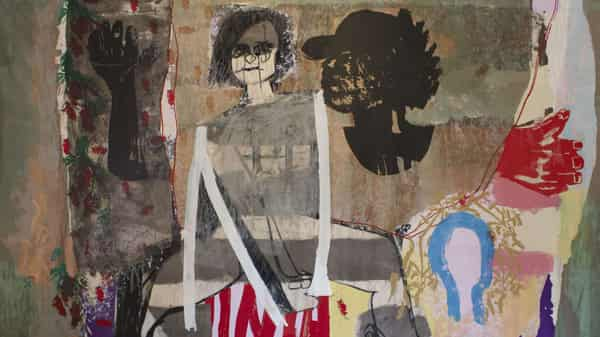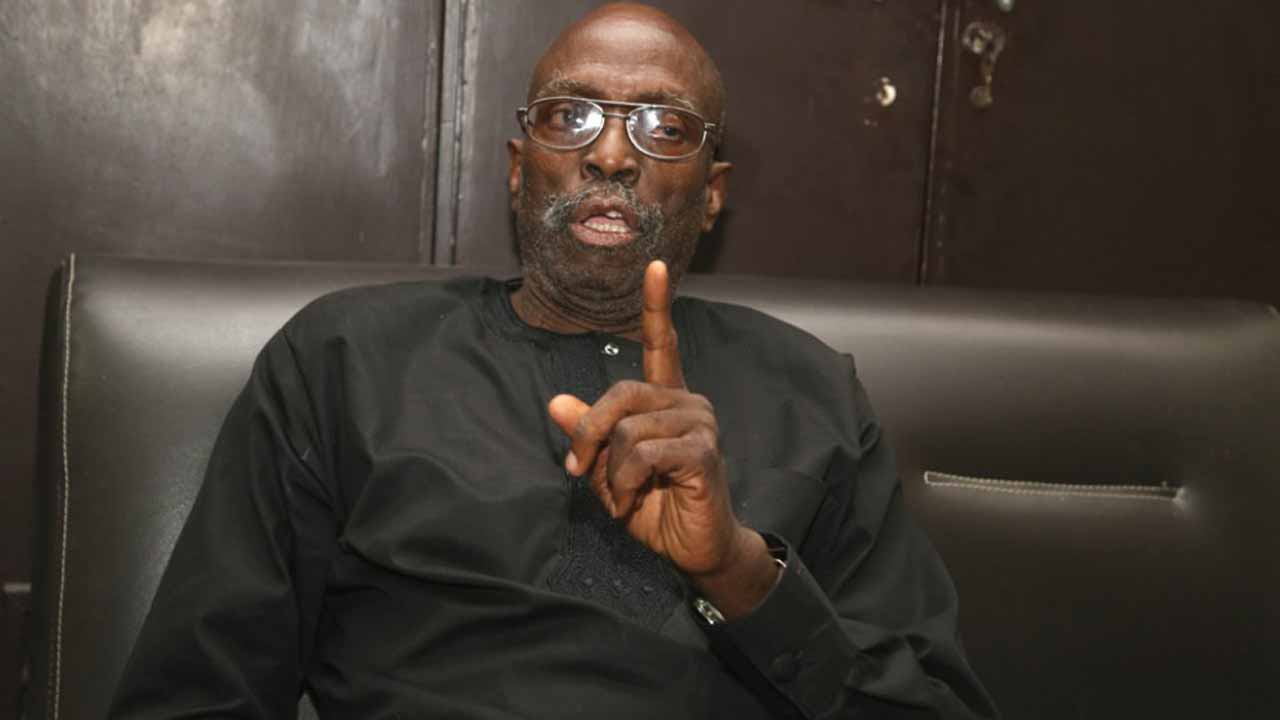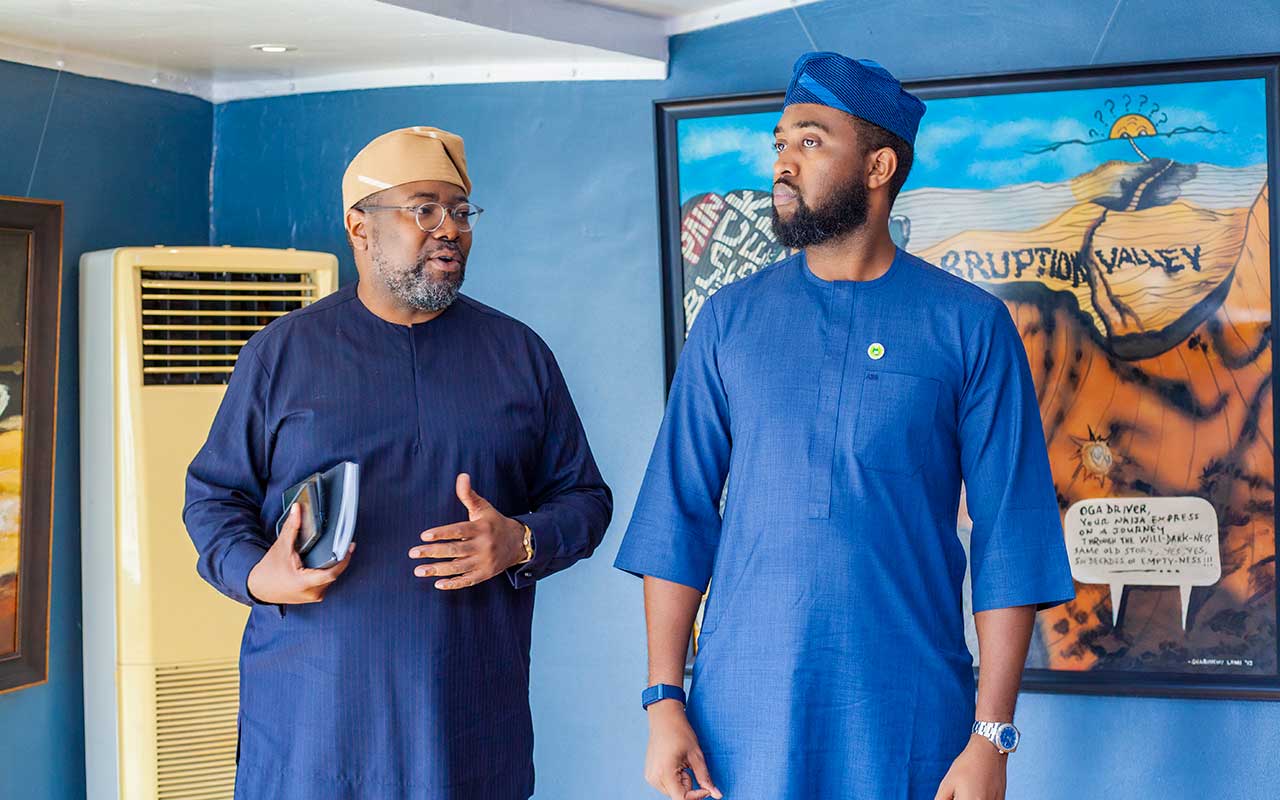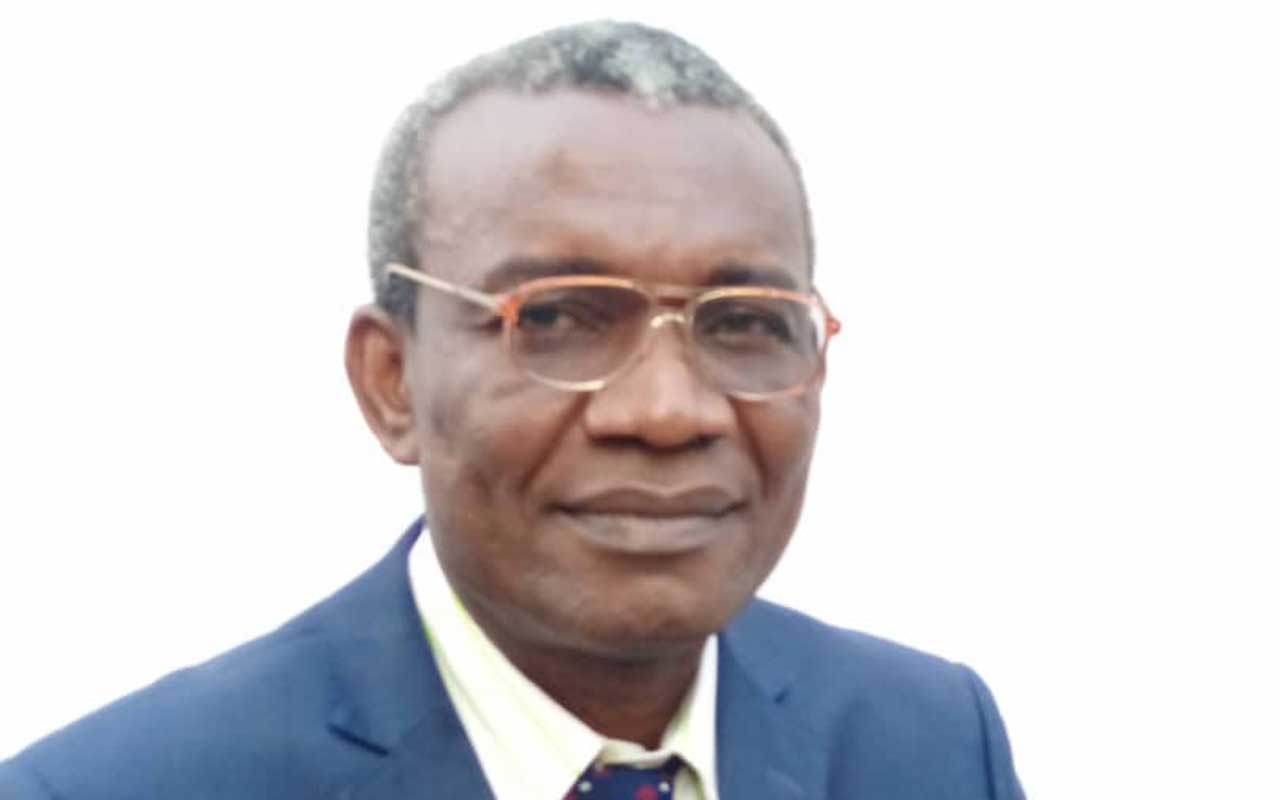
Though it has spent less than one year in Nigeria, the Maria Varnava-founded Tiwani Contemporary, whose mission is to contribute to the arts ecosystem in Lagos through exhibitions, talks and publications, and as a regular exhibitor at ART X Lagos, is providing postcolonial visual narrative whose composite technique is eclectic in the country’s cultural capital.
In its past three shows in Lagos, the facility has woven a narrative that many consider as intellectually focused. More importantly, it has ensured that what the local audiences would call ‘distasteful’ or ‘insensitive’ is not brought to the scene.
Its latest show, tagged: I See You, opened on November 4 and ends January 14, 2023, follows particular line.
The five artists are international contemporary artists, whose productive anchorage is plagued by insufficiency, anguish, frustration, anger and alienation.
These artists, Virginia Chihota, Gideon Gomo, Masimba Hwati, Gareth Nyandoro and Portia Zvavahera, studied together at the National Gallery School of Visual Arts and Design (formerly B.A.T. Visual Arts School), National Gallery of Zimbabwe during the 1990s in Harare, Zimbabwe.
Chihota, Zvavahera, Hwati and Nyandoro, in fact, received international attention with their participation in Pavillion of Zimbabwe’s 2013 and 2015 editions for La Biennale di Venezia Venice Biennale, under the artistic direction of Raphael Chikukwa, now the Executive Director at National Gallery of Zimbabwe.
All of the exhibiting artists not only remain close, they actively maintain their international careers and profiles, based in Harare, Addis Ababa and Vienna.
According to the gallery statement, “spanning painting, sculpture, performance and drawing, the exhibition captures the ways in which each artist internalises and responds to the notion of environment.”
Nyandero exhibits two large-scale works on canvas, capturing two distinct figures that reflect contemporary activities, a zoom meeting in front of a library, a popular virtual meeting background and sofa construction.
Together, the works suggest enduring technologies, one representing a phenomenon of the digital age and another as a physical activity tied to artisanal craftsmanship. A continuation of his paper assemblages, he uses ink on paper, often as carefully composed strips, to create dynamic compositions that are mounted on canvas.
Chihota’s painterly compositions are part of a series, titled, ‘A quiet resistance’. For her, this title refers to a “prayer against these energies that cause pain, misunderstandings, limitation–the list is endless…”
The elements of her works make reference to these negative energies, which she describes as “familiar spirits that have been before us and continue to be in our lives within families.”
Other imagery suggest antidotes to trying times, such as the blooming Callistemon flower, which for her represents a sign of the season in Zimbabwe and encouragement from God.
Together, the works present metaphysical attributes of this contemporary moment; physical environments and places become entangled with spiritual energies through conceptualizations of her home country. As interplays of screen-printed, flat forms, painterly markings and negative space, each work draws the viewer into Chihota’s dynamic patchworks of stenciled forms, broad strokes and radiant colors.
In a departure from her works to date, Zvavahera uses materials sourced in Lagos, such as bees wax and primed linen, to continue her exploration of painting and printmaking.
With an interest in adire, a popular technique in Nigeria of dying fabric that was traditionally done with indigo and at times incorporates repeated stenciled motifs, Zvavahera continues to interpret her dreams in her exhibited works.
These compositions merge abstract and figural forms that seem to depict connections, isolation and fear through gestural contours. She leaves the viewer to connected fragmented narratives, perhaps as an invitation to imagine how her unique encounter with Lagos, briefly living and working in this city as an artist-in-residence at Guest Artist Space (G.A.S. Foundation), informs this body of work.
Gomo’s stoneworks are contemporary inflections of Zimbabwean springstone carving, a cornerstone of modern art in that region.
Bringing this technique into conversation with contemporary modes of making, Gomo combines this granite with other materials such as brass cymbals, appropriated as headgear, halos or adornment. Each head is emotive, a contrast with the relatively inanimate Shona stone carvings earlier referenced.

Gomo began these sculptures in Harare, and completed them in Lagos, also while an artist-in-residence at G.A.S. Foundation. During this period, he also worked with mahogany and cedar wood sourced from Makoko in Lagos.
With these large trunks, Gomo used a chainsaw to transform these heads that connect aesthetically to figural forms that also allude to Zimbabwean stone carving. The subject matters he explores through these wooden heads range from bleaching among men in Lagos, gender obscurity, and emotional burdens that he personally bears when compared to his ancestors. The latter is suggested by the incorporation of hata–referred to as ‘headrest’ or osuka in Lagos.
These torus, tire-like shapes, are made with fabric or plant fibers, and are used across the continent to ease the burden of carrying a heavy load on one’s head.
Masimba Hwati’s work connects to that of Gomo’s as he too integrates brass material from musical instruments into his work.
In this sonic approach to sculpture, Hwati presents instruments that are composed of plastic and wooden spheres, goat horns, skateboard wheels, and integrated percussive instruments.
Presented on white plinths, Hwati’s sculptures confront modernist, colonial approaches to displaying art, harnessing interventions and hybridized ideas of otherness. These works are activated during a one-time performance that responds to Dzikamunhenga–an ancient Shona instrument, and will be realised with Lagos-based musician, Temitope Fash.
The two artists plan to use Hwati’s sculpture to create earth vibrations, through a conduit that situates the earth as a third collaborator–and as an anchor of human life, a place to which ancestors return upon their death.
“Connecting Harare to Lagos, the exhibition presents a unique consideration of intra-continental exchange and friendship through contemporary reflections that manifest as performative, cooperative and spiritual. As an expression of friendships cultivated over two decades between these artists, and others that have emerged in the development of the project, I See You is a marker of time, community, and a significant moment in the careers of these artists,” the gallery stated.






